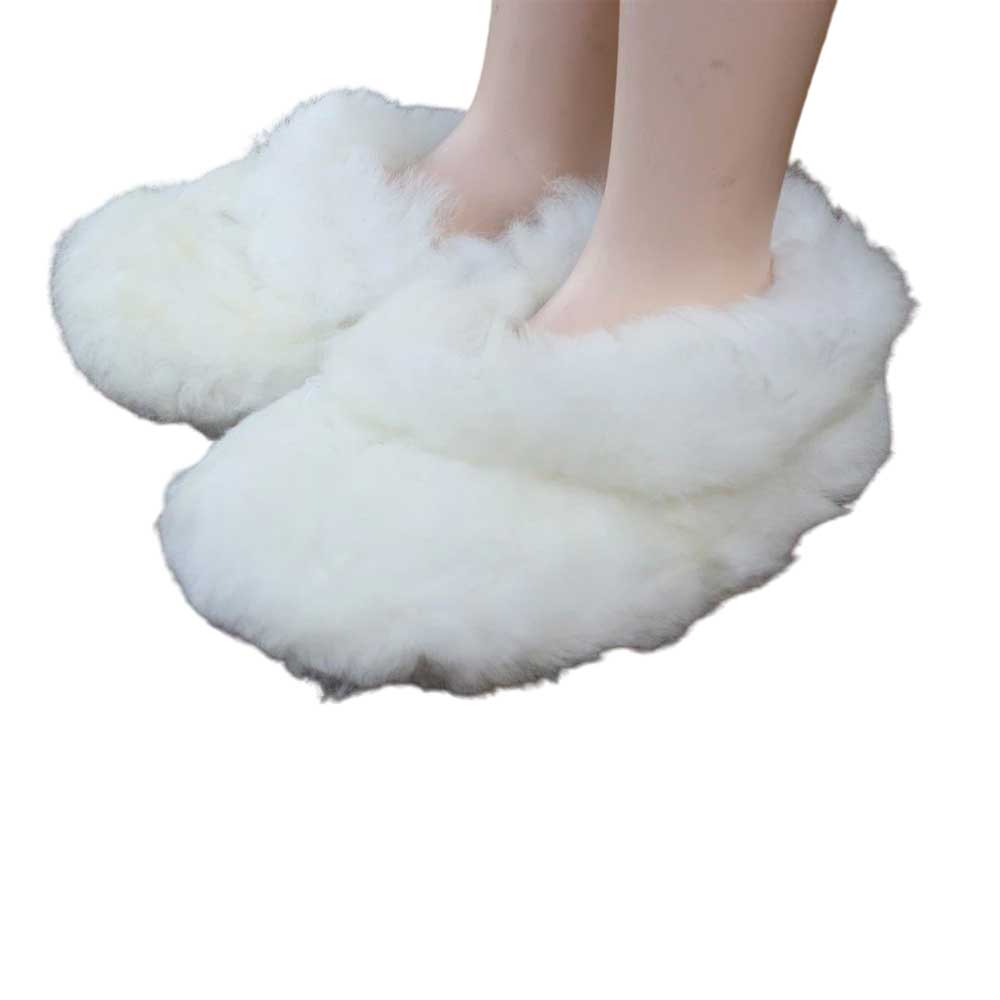
Slippers Sizing Guide
Alpaca slippers have a bit of give to them so the sizes shown below should be considered mid ranges: 34
Categories
Best Sellers

Alpaca is getting a lot more attention these days, now that people are starting to notice how it tends to outperform other fibers like wool and synthetics. And why shouldn’t it? Alpaca fleece has been around for millennia — even the ancient Incan kings recognized the alpaca’s unique qualities and reserved the “fiber of the gods” for use by only the wealthy and influential.
But less is known about the proper care and cleaning of alpaca garments. Although alpaca clothing can last for years, too many people ruin their alpaca garments — or shy away from buying them in the first place — simply because they don’t know how to clean and care for them. Fortunately, you don’t have to be one of them. Read on to learn all about alpaca and keep your garments silky and soft for years to come!
Alpaca is a breed apart when it comes to natural fibers. Stronger, softer, lighter, and warmer than either merino wool or cashmere, it’s a natural choice for winter clothing and accessories. It’s also resistant to pilling and won’t shrink if proper care is given, making it possible to keep your alpaca clothing for years, even decades!
Alpaca fleece is famous for its luxurious softness and doesn’t scratch or “prickle” the skin like wool products. It’s also hypoallergenic since it doesn’t contain lanolin, an oil generated by sheep that can cause sensitivity in people with dermatological disorders.
As if silkiness and versatility weren’t enough, alpaca makes highly wear-resistant garments: its strength reduces stretching and distortion, and grease and oil don’t spot alpaca as easily as they do other fibers. Due to alpaca’s water-resistant properties, you can simply blot away any spills. And the nature of the fiber reduces static electricity, which attracts dust and soil.
The alpaca itself is a wonderfully gentle, intelligent, and curious animal — most of the time. While they make great pets, you must never cross an alpaca unless you want to receive a face full of half-digested stomach contents and saliva that an angry alpaca hurls at you while “spitting!”
Alpacas are considered some of the “greenest” animals around. Their adaptations for living in harsh environments like the Andes give them a light eco-footprint: soft pads in place of hooves leave terrain undamaged, and their efficient eating habits result in greatly reduced water and acreage needs relative to other grazing animals.
Alpaca is also sustainable because an alpaca can produce fleece throughout its life without being harmed. When late spring arrives in the Andes (late fall here in the Northern Hemisphere) and the weather warms up, alpaca ranchers shear their animals for their annual “clip.” While alpacas don’t usually enjoy the shearing process itself, they are noticeably more comfortable after their annual “haircut.”
Because alpaca is naturally free of lanolin and other oils found in sheep’s wool, no harsh chemicals are needed to process alpaca fiber, making alpaca ranching 100% natural and safe for the environment.
Fleece lovers looking to reduce their environmental impact look to alpaca because with proper care, it’s virtually indestructible and can be worn for years, reducing the demand for new products. Alpaca garments dating back over 2000 years in Peru are still in good condition — just think of how many trends and fashion crazes that new alpaca sweater will see you through!
If you don’t have the time to hand-wash your alpaca garments, you can always take them to a professional dry-cleaner. Bring along any labels or care tags that came with the garment, and be sure to point out any spots and stains so they can use the best method to remove them.
Alpaca clothing can last for decades, but its greatest enemies are moths and other pests that cause damage during storage. (Although certain dogs have been known to love the scent of alpaca!) If you need to put your alpaca away during warmer months, give it a good clean first following the instructions above — pests are drawn to dirt and body oils on fibers.
You can keep pests away from any garment by storing it in a chest of inspect-repelling Spanish cedar, or by placing cedar chips in the storage area. To keep away moths, use lavender bundles (although chemical moth balls will do as well).
A shirt box, clean pillow case, clean paper bag, or cardboard box will keep the air circulating around the garment. Never use plastic or dry cleaning bags for your alpaca, as this will cause moisture to build up and the fibers will felt. And like any other knit garment, alpaca clothing should be folded rather than hung to prevent stretching and distortion.
Wearing alpaca during the colder months is an easy way to look distinctive and sophisticated while feeling comfortable and cozy. Love and care for your alpaca clothing and you’ll feel the warmth and coziness of the Andes’ most interesting and lovable animals. Neglect it and . . . well, we did warn you what might happen if you cross an alpaca!

Alpaca slippers have a bit of give to them so the sizes shown below should be considered mid ranges: 34

Moisturizers seem like they should be a pretty straightforward type of skin care product, but few things in skin care


Alpaca slippers have a bit of give to them so the sizes shown below should be considered mid ranges: 34

Moisturizers seem like they should be a pretty straightforward type of skin care product, but few things in skin care
Categories
Best Sellers